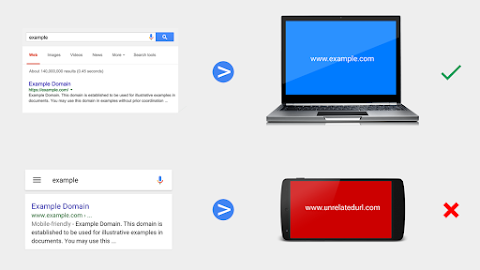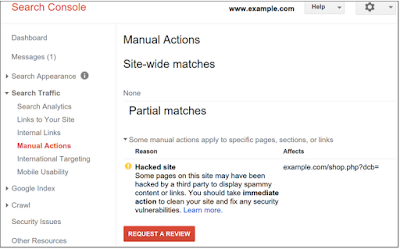Last year, we launched Google Home with recipe guidance, providing users with step-by-step instructions for cooking recipes. With more people using Google Home every day, we're publishing new guidelines so your recipes can support this voice guided experience. You may receive traffic from more sources, since users can now discover your recipes through the Google Assistant on Google Home. The updated structured data properties provide users with more information about your recipe, resulting in higher quality traffic to your site.
Updated recipe properties to help users find your recipes
We updated our recipe developer documentation to help users find your recipes and experience them with Google Search and the Google Assistant on Google Home. This will enable more potential traffic to your site. To ensure that users can access your recipe in more ways, we need more information about your recipe. We now recommend the following properties:
- Videos: Show users how to make the dish by adding a
videoarray - Category: Tell users the type of meal or course of the dish (for example, "dinner", "dessert", "entree")
- Cuisine: Specify the region associated with your recipe (for example, "Mediterranean", "American", "Cantonese")
- Keywords: Add other terms for your recipe such as the season ("summer"), the holiday ("Halloween", "Diwali"), the special event ("wedding", "birthday"), or other descriptors ("quick", "budget", "authentic")
We also added more guidance for recipeInstructions. You can specify each step of the recipe with the HowToStep property, and sections of steps with the HowToSection property.
Add recipe instructions and ingredients for the Google Assistant
We now require the recipeIngredient and recipeInstructions properties if you want to support the Google Assistant on Google Home. Adding these properties can make your recipe eligible for integration with the Google Assistant, enabling more users to discover your recipes. If your recipe doesn't have these properties, it won't be eligible for guidance with the Google Assistant, but it can still be eligible to appear in Search results.
For more information, visit our Recipe developer documentation. If you have questions about the feature, please ask us in the Webmaster Help Forum.










